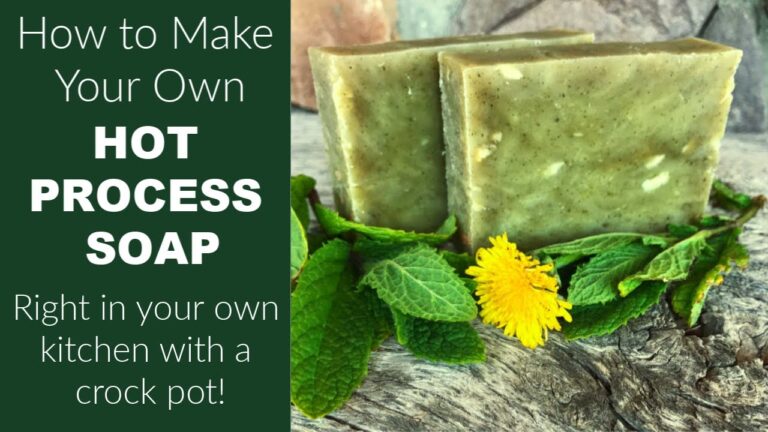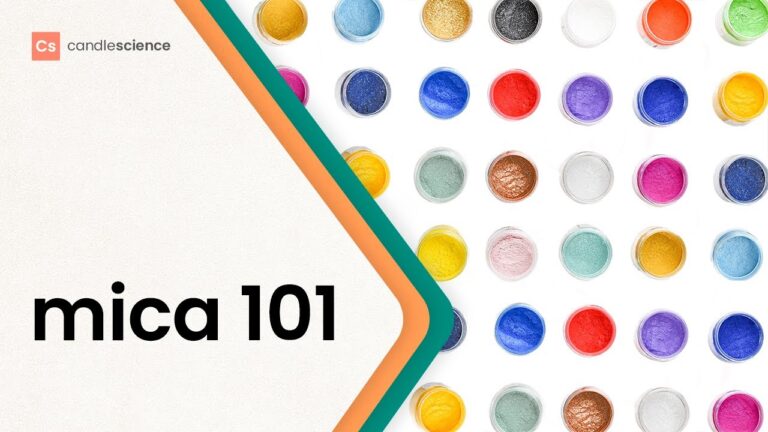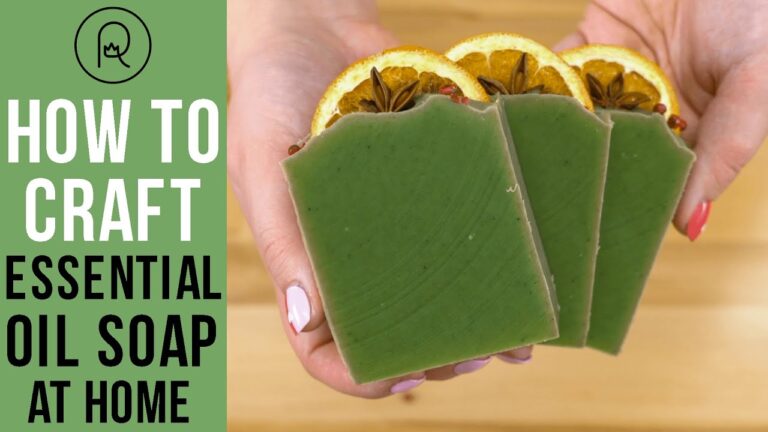Are you looking to add a natural touch to your soap making? Harvesting and using botanicals in soap making is a great way to create unique and beautiful products. From lavender to calendula, the possibilities are endless. Discover how to incorporate these natural ingredients into your soap creations and elevate your skincare routine with the power of botanicals.
How can botanicals be used in soap?
Enhance your soap-making skills by incorporating botanicals into your creations. A simple way to do this is by sprinkling them on top of the soap bar when it is just setting, for a natural and beautiful touch. While some botanicals like Calendula Petals and Blue Poppy Seeds can be mixed into the soap itself, for a more elegant and luxurious look, consider adding a single Pink Rose Bud to the top of your soap bar. Experiment with different botanicals to create unique and visually appealing soap bars that will delight your senses.
How can herbs be incorporated into soap making?
Enhance your soap making with the natural beauty and benefits of herbs by simply adding 1/2 to 1 teaspoon of dried herbs per pound of soap in your recipe. Sprinkle the herbs on your soap at ‘Trace’ and then stir them in for a beautiful and subtle halo effect as your soap cures.
Can fresh flowers be incorporated into soap for soap making?
Yes, you can put fresh flowers in soap for soap making. Small flowers are the best option for fitting into the soap mold, and unscented or lightly scented flowers are recommended for those with sensitive skin. However, if you prefer a stronger scent in your soap, you can add a few drops of essential oil, such as rose or lavender, to the mixture for a potpourri-like fragrance.
Adding fresh flowers to soap can add a beautiful and natural touch to your creations. It’s important to consider the size and scent of the flowers when choosing which ones to use. Small flowers will fit best in the soap mold, and opting for unscented or lightly scented flowers is a good choice for those with sensitive skin. If you want a stronger fragrance in your soap, adding a few drops of essential oil, such as rose or lavender, can provide a delightful and potent aroma.
When making soap with fresh flowers, it’s important to keep in mind the preferences of the skin and the desired fragrance. Small flowers are the most practical choice for fitting into the soap mold, and using unscented or lightly scented flowers is best for those with sensitive skin. For a more powerful scent, incorporating a few drops of essential oil, like rose or lavender, can elevate the fragrance of the soap to a delightful level.
Harness the Power of Nature: A Botanical Guide to Soap Making
Unlock the potential of natural ingredients with our comprehensive botanical guide to soap making. Harness the power of nature to create luxurious and nourishing soaps that are gentle on the skin. From essential oils to herbal extracts, learn how to incorporate botanicals into your soap recipes for a truly unique and rejuvenating experience.
Discover the art of soap making with our in-depth botanical guide, and explore the endless possibilities of using plant-based ingredients. Elevate your soap making skills by understanding the benefits of different botanicals and how they can enhance the quality of your handmade soaps. Let nature inspire you as you create beautiful and aromatic soaps that not only cleanse, but also provide a luxurious and pampering experience for your skin.
From Garden to Bar: The Art of Using Botanicals in Soap Making
Step into the world of botanical beauty with our guide to using plants and herbs in soap making. Transform your soap bars from ordinary to extraordinary by incorporating natural ingredients straight from your garden. Discover the art of infusing floral scents, vibrant colors, and skin-nourishing properties into your handmade creations.
Unleash your creativity as you experiment with different botanicals such as lavender, rosemary, and chamomile. Elevate your soap making skills by learning how to properly extract essential oils and pigments from these plants. Embrace the therapeutic benefits of aromatherapy as you indulge in the soothing and calming effects of botanical-infused soaps.
Whether you’re a seasoned soap maker or a beginner looking to explore new possibilities, our comprehensive guide will inspire you to take your craft to the next level. Join us on a journey from garden to bar as we delve into the fascinating world of botanicals and their endless potential in soap making. Elevate your self-care routine with luxurious, all-natural soaps that not only cleanse but also rejuvenate your mind, body, and soul.
Incorporating botanicals into soap making not only adds natural beauty to the final product but also provides numerous benefits for the skin. From enhancing exfoliation to adding soothing properties, the use of botanicals in soap making allows for a truly customizable and luxurious experience. By harvesting and utilizing botanicals in our soap-making processes, we can create products that are not only effective but also environmentally friendly and visually stunning. So, whether you’re a seasoned soap maker or just starting out, consider adding botanicals to your next batch for a truly unique and rewarding result.



